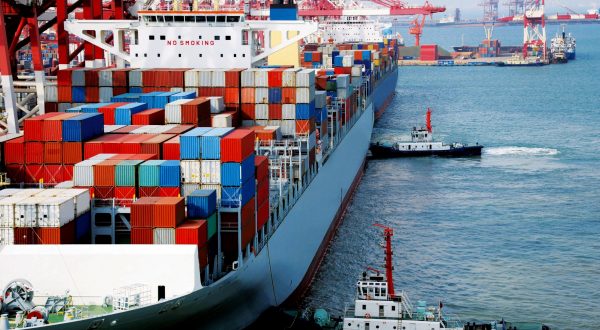The Member Authorities of the Tokyo MOU carried-out a concentrated inspection campaign on Cargo Securing Arrangements from the 1st September 2016 through the 30th November 2016. The purpose and goal of the CIC was to gain knowledge on the compliance of ships with applicable Cargo Securing requirements and to assess the overall safety of ships seafarers engaged in cargo securing operations.
During the period of the CIC, a total of 5388 inspections of individual ships were completed. 4263 of those inspections (79.12%) were on ships that were carrying, or required to carry, a cargo securing manual. 1125 of the 5388 records (20.88%) were recorded as N/A, which represents the number of ships carrying cargo in bulk that do not have, and are not required to have, a cargo securing manual. Of the 4263 total inspections on ships that were carrying, or required to carry, a cargo securing manual,19 vessels were detained as a result of deficiencies found during this CIC. This represents a very low detention rate of 0.45% indicating substantial overall compliance with Cargo Securing Arrangements. 499 inspections resulted in deficiencies being issued for Cargo Securing Arrangements representing 11.7% of the inspections with recorded deficiencies.
Only 25 vessels that were required to carry an approved cargo securing manual, did not have the manual onboard. 3142 (73.7%) vessels had a cargo securing manual that met the guidelines outlined in MSC.1/Circ. 1353/Rev.1. 943 (22.1%) vessels had a cargo securing manual that met a standard at least equivalent to the MSC guidelines. This showed that the majority of vessels used the MSC guidelines in the development of their cargo securing manuals.
4023 (94.4%) inspections recorded that the Master or person in charge of cargo operations was familiar with the cargo securing manual. 361 inspections were conducted of vessels that required a Cargo Safe Access Plan (CSAP). 14 (3.9%) of vessels that were required to have a CSAP did not have, or were not following, a CSAP. The majority of lashings/fittings and securing points were found to be fit for the service intended, with only 3.5 to 4 percent of these that were found not fit for the service intended.
In addition, the inspection results revealed that most ships had a sufficient quantity of cargo securing devices onboard with only 3.2% of ships being without sufficient quantities. In summary, the preliminary analysis of results of this CIC indicate that the majority of ships are in compliance with the relevant IMO instruments developed to improve the safety of Cargo Securing Arrangements, and the vast majority of ships inspected have utilized the IMO guidelines for the development and layout of their cargo securing manual.
Source: Tokyo MOU
































































